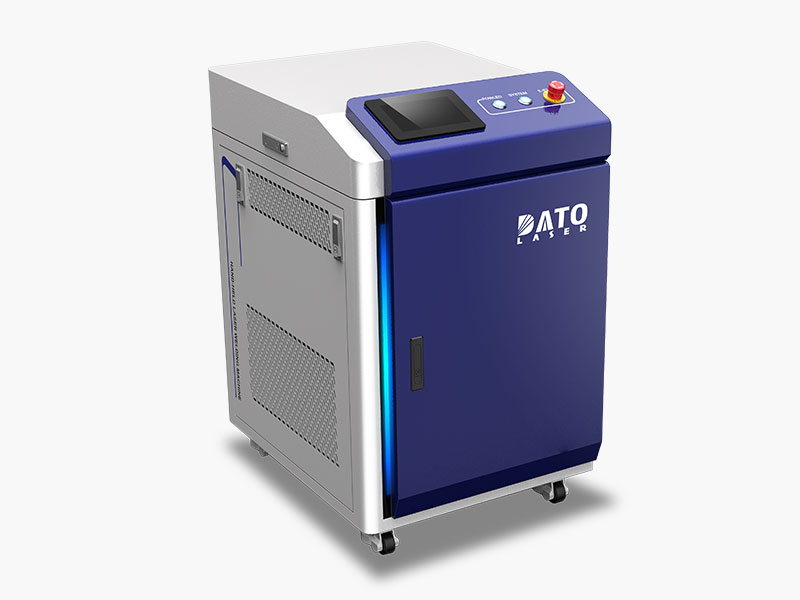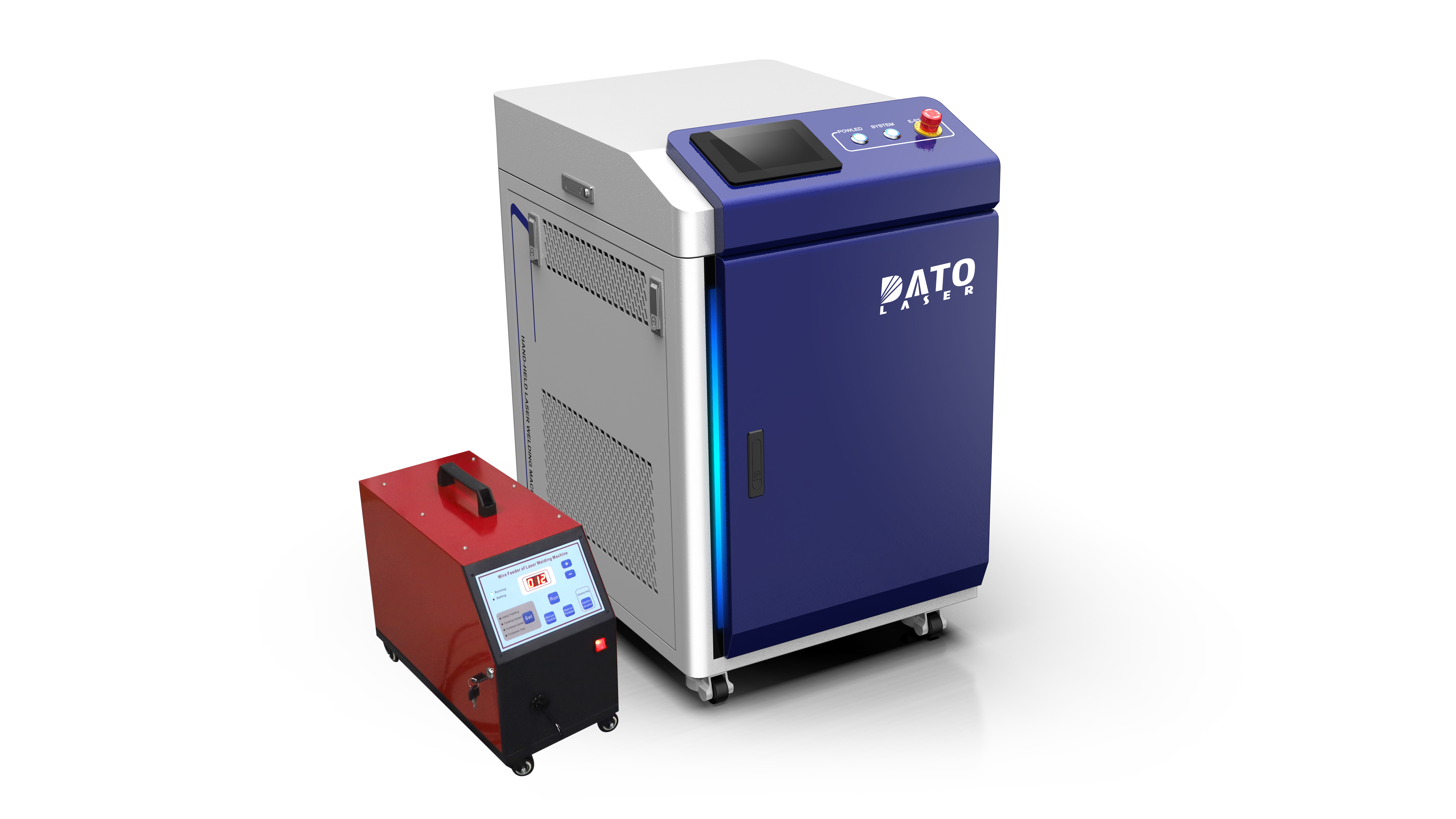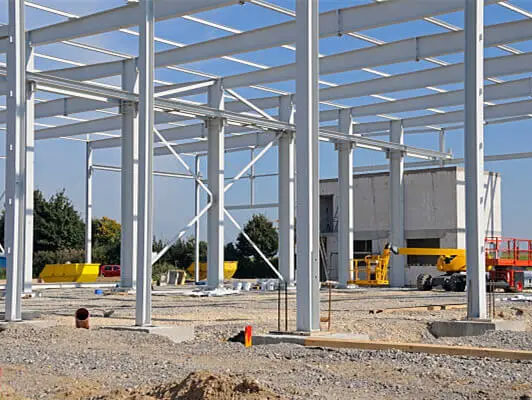What materials and thicknesses can laser welding machine weld?

Understanding Laser Welding Capabilities: Materials and Thicknesses Guide
Introduction
In today's rapidly evolving manufacturing landscape, laser welding technology stands at the forefront of innovation, revolutionizing how industries approach material joining processes. As pioneers in laser technology, Dato & Leapion has established itself as a leading provider of advanced laser welding solutions. Our handheld laser welding machines represent the pinnacle of precision engineering, offering unparalleled versatility in material compatibility and thickness handling. This comprehensive guide explores the extensive capabilities of our laser welding technology, helping you understand the full potential of these cutting-edge systems.
Compatible Materials and Their Properties
Stainless Steel
Stainless steel welding represents one of our laser systems' core strengths. Our technology excels in joining various grades of stainless steel, from the widely used 304 to the more specialized 316L. The precision of laser welding ensures that the corrosion-resistant properties of stainless steel remain intact throughout the welded area. This is particularly crucial in applications where material integrity cannot be compromised, such as in food processing equipment or medical device manufacturing.
Carbon Steel
When it comes to carbon steel welding, our laser systems demonstrate exceptional capabilities in creating strong, durable joints. The focused laser beam generates minimal heat-affected zones, preserving the material's structural properties. This precision is essential in automotive manufacturing and construction applications, where the strength and reliability of welded joints directly impact product safety and longevity.
Aluminum and Aluminum Alloys
Aluminum welding has traditionally posed significant challenges due to its high reflectivity and thermal conductivity. Our advanced laser welding technology overcomes these obstacles through sophisticated power control and beam focusing systems. This enables consistent, high-quality welds across various aluminum grades and alloys, making it ideal for aerospace and automotive applications where lightweight, strong joints are essential.
Copper and Copper Alloys
Welding copper and its alloys demands exceptional precision due to their high thermal conductivity. Our laser welding systems employ advanced thermal management techniques to create clean, reliable welds without compromising the material's electrical conductivity. This capability is particularly valuable in electrical component manufacturing and power distribution applications.
Welding Thickness Capabilities
Standard Thickness Ranges
Our laser welding systems demonstrate remarkable versatility in handling various material thicknesses. Starting from ultra-thin materials as fine as 0.1mm, our machines excel in precision welding of standard thicknesses between 0.5mm to 4mm. For more demanding applications, our high-power systems can effectively weld materials up to 8mm thick, depending on the specific material properties and welding requirements.
Factors Influencing Welding Thickness
Laser Power Output
The power output of our handheld laser welding machines ranges from 1000W to 3000W, offering flexibility for different applications. This power range allows for precise control over weld penetration and heat input, ensuring optimal results across various material thicknesses. Higher power settings enable deeper penetration for thicker materials while maintaining weld quality.
Material Properties
Different materials exhibit unique characteristics that influence the welding process. Our systems account for variations in thermal conductivity, reflectivity, and material composition, automatically adjusting parameters to achieve optimal weld quality. This intelligent adaptation ensures consistent results across different materials and thicknesses.
Welding Speed
The relationship between welding speed and material thickness is carefully balanced in our systems. Thicker materials typically require slower welding speeds to ensure proper heat penetration and fusion, while thinner materials can be welded more quickly. Our machines automatically optimize this relationship to maintain weld quality while maximizing productivity.
Optimization Techniques
Surface Preparation
Achieving optimal weld quality begins with proper surface preparation, a critical aspect often overlooked in welding processes. Our expertise recommends thorough cleaning of welding surfaces to remove contaminants, oxides, and debris that could compromise weld integrity. For aluminum and its alloys, particular attention must be paid to oxide removal, while stainless steel surfaces benefit from degreasing and chemical cleaning when necessary. This meticulous preparation ensures consistent weld quality and reduces the likelihood of defects.
Parameter Control
Our handheld laser welding machines incorporate sophisticated parameter control systems that represent the cutting edge of welding technology. These systems continuously monitor and adjust key variables including power output, pulse frequency, and focal point position. The intelligent control interface allows operators to store and recall optimal parameters for different materials and thicknesses, ensuring reproducible results across production runs. This automation significantly reduces the learning curve for operators while maintaining consistent weld quality.
Proper Technique
While our systems feature advanced automation, proper technique remains fundamental to achieving superior results. Operators benefit from comprehensive training in maintaining optimal working distances, proper angle positioning, and consistent movement speeds. Our machines provide real-time feedback through visual and audio cues, helping operators perfect their technique. This combination of human skill and technological assistance ensures the highest quality welds across various applications.
Industry Applications
Manufacturing Sectors
The versatility of our laser welding systems has made them indispensable in advanced manufacturing. In automotive production, our technology enables the precise welding of body panels and structural components with minimal distortion. Aerospace manufacturers rely on our systems for creating high-strength joints in critical components where failure is not an option. Medical device fabrication benefits from the clean, precise welds our machines produce, meeting stringent industry regulations.
Consumer Products
In the consumer products sector, our laser welding technology has transformed production capabilities. Electronics manufacturers utilize our systems for creating hermetic seals and precise connections in sensitive components. Kitchen and bathroom fixture producers benefit from the aesthetic appeal of laser-welded joints, while metal furniture manufacturers appreciate the strength and clean appearance of laser welds. The consistency and reliability of our systems ensure high-quality products that meet consumer expectations.
Technical Specifications
Power Options
Our laser welding systems offer flexible power configurations to meet diverse manufacturing needs. The standard power range of 1000W to 3000W provides ample capability for most applications, while our advanced power management systems ensure efficient energy utilization. Variable power settings allow precise control over heat input, crucial for working with sensitive materials or thin sections.
Control Features
The sophisticated control systems in our machines represent the latest in welding automation technology. Real-time monitoring systems track critical parameters throughout the welding process, making automatic adjustments to maintain optimal conditions. The user-friendly interface presents complex data in an easily digestible format, enabling operators to make informed decisions quickly.
Benefits of Laser Welding
Quality Advantages
Laser welding technology offers unprecedented control over the welding process, resulting in superior joint quality. The precise heat input creates minimal heat-affected zones, preserving material properties adjacent to the weld. The aesthetic appearance of laser welds is consistently superior to traditional welding methods, often requiring no post-weld finishing.
Operational Benefits
The efficiency gains from implementing laser welding technology are substantial. Production speeds increase significantly while maintaining high quality standards. The reduced need for post-weld cleaning and finishing operations saves both time and labor costs. The consistency of results reduces waste and rework, improving overall operational efficiency.
Conclusion
The capabilities of modern laser welding technology, as exemplified by Dato & Leapion's handheld laser welding machines, represent a significant advancement in joining technology. Our systems offer unprecedented flexibility in handling various materials and thicknesses, making them invaluable tools in modern manufacturing. Whether working with delicate electronic components or robust structural elements, our advanced systems provide reliable, high-quality welds that meet the most demanding industrial requirements.
Contact Information
For manufacturers seeking to enhance their welding capabilities, Dato & Leapion stands ready to provide expert guidance and support. Our technical team offers comprehensive consultations to help identify the optimal laser welding solution for your specific applications. Contact us to explore how our advanced laser welding technology can transform your manufacturing processes and help you achieve your production goals.
Related Blogs
-
 Exploring the Safety, Precision, and Industrial Benefits of Laser Surface CleaningIn today’s fast-paced industrial world, where quality, efficiency, and sustainability are top priorities, manufacturers are constantly seeking better ways to clean metal surfaces without compromising material integrityBlog
Exploring the Safety, Precision, and Industrial Benefits of Laser Surface CleaningIn today’s fast-paced industrial world, where quality, efficiency, and sustainability are top priorities, manufacturers are constantly seeking better ways to clean metal surfaces without compromising material integrityBlog -
 A Complete Guide by DATO and LeapionIn modern industry, surface preparation and maintenance play a crucial role in achieving high-quality manufacturing results. Laser cleaning machines have emerged as one of the most innovative, efficient, and environmentally friendly tools for removing contaminantsBlog
A Complete Guide by DATO and LeapionIn modern industry, surface preparation and maintenance play a crucial role in achieving high-quality manufacturing results. Laser cleaning machines have emerged as one of the most innovative, efficient, and environmentally friendly tools for removing contaminantsBlog -
 Laser cleaning machines are revolutionizing industrial surface cleaning by offering a faster, safer, and more eco-friendly alternative to traditional methods. Whether removing rust, paint, oil, oxide, or other surface contaminants, laser cleaning has become a cutting-edge solution in manufacturing,Blog
Laser cleaning machines are revolutionizing industrial surface cleaning by offering a faster, safer, and more eco-friendly alternative to traditional methods. Whether removing rust, paint, oil, oxide, or other surface contaminants, laser cleaning has become a cutting-edge solution in manufacturing,Blog -
 Introduction: Transforming EV Battery Manufacturing Through Laser TechnologyThe electric vehicle revolution has accelerated dramatically over the past decade, bringing with it unprecedented challenges and opportunities in battery manufacturing. As global automakers commit billions to electrificationBlog
Introduction: Transforming EV Battery Manufacturing Through Laser TechnologyThe electric vehicle revolution has accelerated dramatically over the past decade, bringing with it unprecedented challenges and opportunities in battery manufacturing. As global automakers commit billions to electrificationBlog















